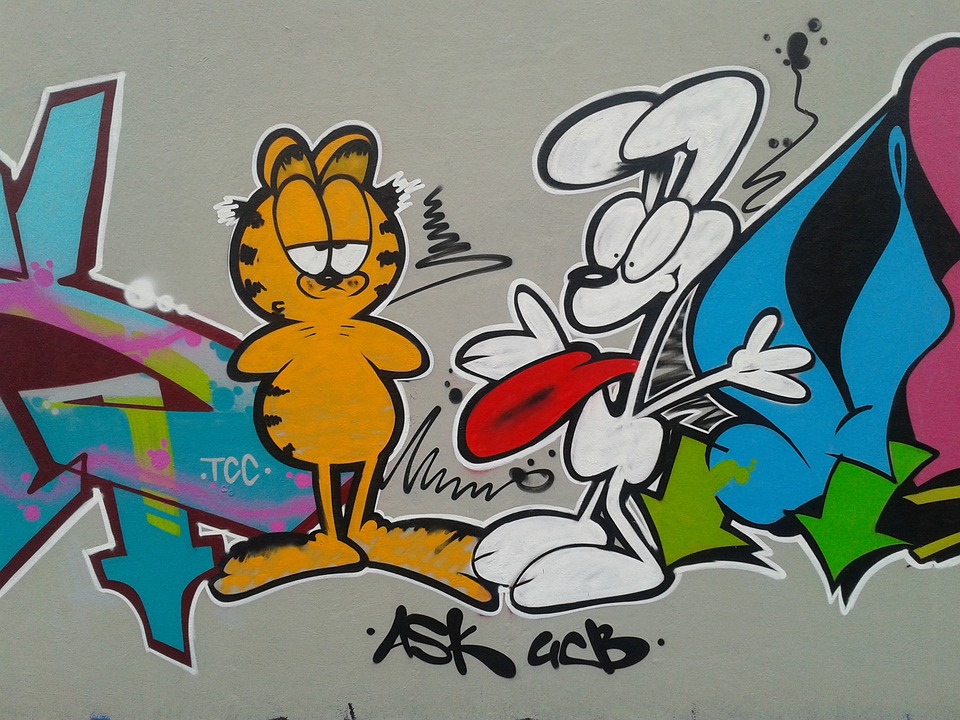The Evolution of Character Dynamics in Popular TV Shows and Movies
Character dynamics play a vital role in bringing a story to life in both TV shows and movies. The way characters interact, grow, and change over time often determines the success of a show or film. Over the years, character dynamics have evolved, reflecting shifts in societal norms, storytelling techniques, and audience preferences. Let’s explore the evolution of character dynamics in popular TV shows and movies.
From Stereotypes to Complex Characters
In the early days of television and film, characters were often portrayed as stereotypes – the hero, the villain, the sidekick, the love interest. These one-dimensional characters served a specific purpose within the story but lacked depth and complexity. As audiences became more sophisticated and demanding, writers and creators began to develop more nuanced characters with multifaceted personalities and motivations.
Today, some of the most beloved TV shows and movies feature characters who are anything but stereotypical. They are flawed, conflicted, and unpredictable – just like real people. Shows like “Breaking Bad” and “Game of Thrones” have gained a following for their complex characters who navigate moral dilemmas, personal challenges, and shifting alliances.
Strong Female Characters
Another significant evolution in character dynamics is the rise of strong female characters in TV shows and movies. In the past, female characters were often relegated to supporting roles or served as love interests for male protagonists. Today, women are portrayed as leaders, warriors, and agents of change in a wide range of genres.
One prime example is “Wonder Woman,” which shattered box office records and stereotypes by presenting a female superhero who is empowered, capable, and independent. Similarly, TV shows like “The Handmaid’s Tale” and “Killing Eve” feature complex female characters who defy expectations and challenge traditional gender roles.
Deepening Relationships and Complex Dynamics
Character dynamics are also evolving in terms of relationships and interactions between characters. In the past, TV shows and movies often relied on cliched tropes like the will-they-or-won’t-they romantic subplot or the buddy cop duo with clashing personalities. While these dynamics can still be effective, audiences are now demanding more depth and realism in their character relationships.
Shows like “Friends” and “Grey’s Anatomy” have excelled at portraying the complexities of friendship, love, and conflict among characters. These relationships evolve over time, reflecting the ups and downs of real-life connections. In addition, shows like “Stranger Things” and “The Crown” explore the dynamics of family and power dynamics within larger social structures.
Diversity and Inclusivity
As society becomes more diverse and inclusive, character dynamics in TV shows and movies are also evolving to reflect this reality. Audiences are demanding representation and authenticity in the characters they see on screen, leading to a greater variety of voices and perspectives being showcased.
Shows like “Pose” and “Orange Is the New Black” have been praised for their diverse cast of characters, which include LGBTQ+ individuals, people of color, and characters from different backgrounds and experiences. These shows have helped to break down stereotypes and offer a more inclusive vision of society.
Character Arcs and Development
Finally, one of the most significant evolutions in character dynamics is the emphasis on character arcs and development over the course of a TV show or movie. In the past, characters often remained static, with little growth or change from episode to episode. Today, audiences expect characters to evolve, learn, and adapt as they navigate the challenges of their world.
Shows like “The Good Place” and “Breaking Bad” have been praised for their compelling character arcs, which show characters moving from one state of being to another. Whether it’s a hero’s journey of self-discovery or a villain’s descent into darkness, these character arcs add depth and nuance to the story.
Conclusion
The evolution of character dynamics in popular TV shows and movies reflects the changing landscape of storytelling, audience expectations, and societal norms. From one-dimensional stereotypes to complex, multifaceted characters, the way characters interact, grow, and change over time has a profound impact on the success of a show or film. As we continue to see more diverse, authentic, and evolving characters on screen, we can expect even more exciting developments in character dynamics in the future.
